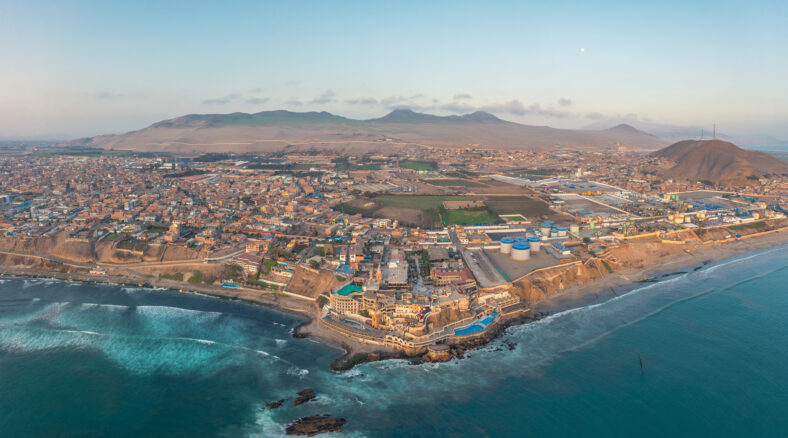Intricate Patterns In The Tattoos Of 1,200-Year-Old Mummies From Peru Were Revealed Using A New Laser Technique

Intricate patterns in the tattoos of 1,200-year-old mummies from Peru were revealed using a new laser-based technique. But not everyone believes the new technique is better than existing methods for analyzing ancient tattoos.
Researchers examined more than 100 mummified human remains from the Chancay culture, which occupied Peru from around A.D. 900 to 1533.
“Only three of these individuals were found to have high-detailed tattoos made up of fine lines only 0.1 to 0.2 mm thick, which could only be seen with our new technique,” said Michael Pittman, a co-author of the study and a paleobiologist at The Chinese University of Hong Kong.
The technique involves laser-stimulated fluorescence (LSF). It produces images based on a sample’s fluorescence, revealing details that could otherwise be overlooked by simple ultraviolet (UV) light examination.
LSF makes the tattooed skin glow a bright white so that the black carbon-based ink of the tattoos stands out.
It helps prevent the common issue of tattoos bleeding or fading over time, which ruins the design. The three detailed tattoos on the mummified remains were geometric patterns that featured triangles.
Similar designs have been found on other Chancay mediums like pottery and textiles. Other Chancay tattoos incorporated vine-like and animal designs.
The Chancay culture developed about a thousand years ago along the central coast of Peru. It is known for its black-and-white ceramics and textiles. Not much is known about the social organization of the Chancay culture, though.
“In many societies, tattoos are used to mark people with special status, so by better understanding what Chancay tattoos look like, we can start looking for patterns that may help us identify different types, classes, or statuses of people,” said Kasia Szremski, an archaeologist from the University of Illinois Urbana-Champaign who was not involved in the study.

Sign up for Chip Chick’s newsletter and get stories like this delivered to your inbox.
However, some experts are not convinced that the LSF technique works very accurately. An expert in ancient tattoos named Aaron Deter-Wolf from the Tennessee Division of Archaeology noted that the authors of the study did not include important details about the LSF technique.
They also failed to explain why it was better than currently used techniques like high-resolution infrared or multispectral imaging.
Additionally, the authors concluded that two of the tattoos were created using the puncture method, where each dot of ink was placed by hand.
But Deter-Wolf claimed that the tattoos were actually created with short parallel incisions in the skin, and the pigments were rubbed in from the surface.
According to Deter-Wolf, the paper contained several errors and does not add to what is understood about ancient Andean cultural practices.
Even so, there is still value in analyzing mummies using the LSF technique. It could reveal more about how human art and tattooing methods have developed over the years.
The study was published in PNAS.
More About:News